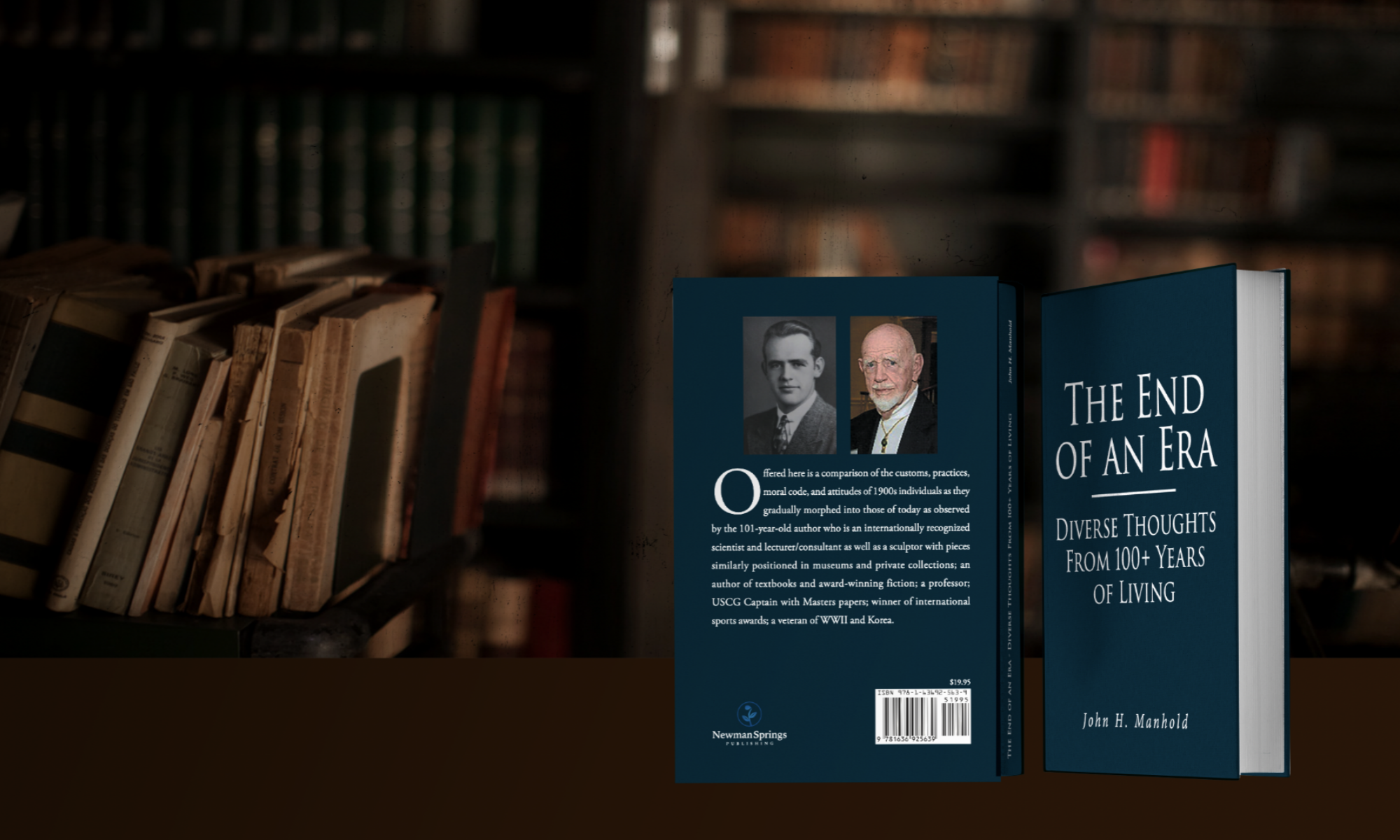Quantum: Computing Noveau ISBN: 9781946139, Prestige Publishing, written by Jason Schenker.
The author has sub-titled this little book “The Technological Step Change that Could Foster Scientific Discovery, Break Blockchains and Trigger a Global Cybersecurity Arms Race.” It’s raison d’être is to present introductory material associated with the Quantum theory and where practical considerations are leading to a ‘need to know’ at least minimal facts about this field that presently is almost totally in the realm of academicians in physics and other fields of scientific endeavor. For the neophyte he enumerates the already existing early attempts at implementation of the processes and postulates with respect to future expansion to a viable and probably even importantly necessary tool for the not too distant future. The discussion begins with a preface explaining his desire to provide “a book that laid down the basics that put quantum in a context that business professionals could quickly grasp and that laid out simply the industries and sectors with the greatest opportunities and risks”. Next, follows an Introduction and chapter 1 – Why I Wrote this Book, both of which expand on pertinent reasons, including “Quantum could undermine the cryptographic value-add of Blockchain, Bitcom and any other cryptocurrency or encryption technology that currently uses non-quantum encryption.” Thirteen additional chapters continue plus a Conclusion, an Appendix: Quantum Glossary; Endnotes; About the Author; Rankings; About the Publisher and Disclaimers.
Discussion: The author has presented material with respect to the present state of Quantum Theory, its plusses and minuses, its present position and future possibilities in a manner that should be easily understood by the average reader. He describes how Quantum differs from the presently used Binary code that operates only at states of whole or entire (non-fractionated) numbers. Quantum functions using qubits (quantum bits – think fractions or decimals if it helps) of the whole numbers 1 and 0 which can exist in varying degrees at the same time. “This is called the quantum state.” The reason he believes that quantum may be most beneficial for future analyses is because of what it has to offer. It has been determined that the amount of new data acquired within the past two years is greater than the total gathered in all previous history. Quantum can handle such large quantities if incorporated into computers because they could run parallel analyses concurrently adding almost innumerable variables. Regrettably however, the author explains that their development has only begun with actually 3 prototypes now under development. He provides brief description of each and presents the main problems facing such developmental endeavors*. Also provided is a list of areas that perhaps can profit most by eventual development of such computers.
Summary: The author is eminently qualified to make this presentation and to reiterate, has provided most interesting postulates in a manner that the newbie can comprehend. The individual new to the subject might find it helpful to first read two parts of the material at the end of the book – About the Author, and the Appendix: Quantum Glossary. This material could provide the uninformed a better understanding of the presenter’s authoritatively personalized position from which he writes and also pre-knowledge obtained from the glossary that will save him/her from possibly repeated need to revert to it for definitions of terms with which they only may be marginally familiar.
5* Enlightening presentation.
*Traditional – qubits function best at absolute zero and are sensitive to noise also, thus requiring a large machine.
Emulated – “Quantum computing is closer in character to analog computing because the computational model for analog computing differs from the standard computing: a continuum of values, rather than a discrete set is allowed. It uses an analog signal-based emulation of a quantum computer for a computational approach using some of the probabilistic attributes of the traditional near-absolute-zero kind of computer” (these attributes allow it to function at room temperature).
Photonic – focuses on using large-scale silicon photonic circuits with the eventual purpose of achieving “full –scale universal quantum technologies using light”. This doesn’t require near zero chips and is not subject to the ‘noise’ of traditional quantum computing systems.
